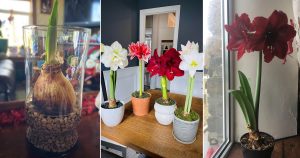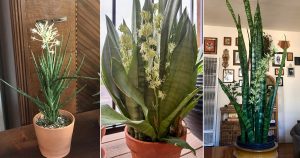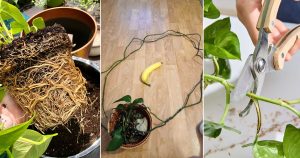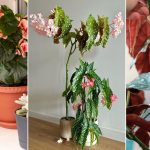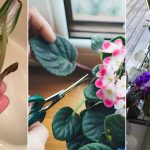Last week my master gardener class was on “integrated pest management,” as you could probably tell from the #MGtips tweets I posted to my Twitter account. Integrated pest management (IPM) is the use of all suitable pest control methods in a compatible manner that minimizes adverse effects on the environment. While IPM sometimes advocates the use of chemical sprays by home gardeners, usually it is only as a last resort. Done properly, IPM practices can often prevent serious pest infestations in the first place, negating the need for any kind of post-occurrence treatment, chemical or organic.
Choose the Right Plant
Often times when you’re buying seeds or plants, you’ll see a plant that is listed as resistant to certain diseases or pests. This means that the plant exhibits less pest damage than other similar plants in similar growing conditions. Or it might mean that the plant can sustain high amounts of pest damage without dying. In both situations, you won’t need to use as many pest-control counter measures to keep that plant healthy.
Another thing to think about is whether the plant is really well-suited to your climate and your particular balcony. Growing full-sun plants in partial shade, or growing desert plants in high humidity areas can lead to problems. Weak plants give off signs to pests to come on in and stay awhile. And plants that evolved in one type of climate may not be able to fend off the pests or diseases in drastically different climate. Also, beneficial insects the plant relied on in it’s home turf may not exist in the new environment.
Don’t Grow the Same Thing in the Same Spot Year After Year
If you don’t throw out your potting soil after the growing season is over, or if you have access in an in-ground garden plot, switch things up each year. Many pests have become specialists and only attack specific plants. If you plant tomatoes, for example, in the same spot year after year, the pests that attack tomatoes will build up in that spot and make it more difficult to successfully grow tomatoes there. This rule applies to all plants in the same family. So if you grew a tomato in your planter last year, you shouldn’t grow tomatoes, eggplants, or potatoes in that planter this year.
Use the Proper Amount of Water and Fertilizer
Watering and feeding your plants nothing more and nothing less than they want will produce a healthy plant. And healthy plants are less attractive to pests. But using too much compost, for example, can provide ideal breeding grounds for millipedes and pill bugs. And if you don’t water your plant enough, its leaves will turn yellow. Yellow leaves work like homing beacons for pests. Too much water or fertilizer during a time when the plant is normally dormant can cause fresh growth during a time of year when the plant doesn’t have good natural defenses.
Plant and Harvest At the Right Time
Sowing your seeds and planting your plants at the right time can prevent the seeds/plants from being exposed to pests at a vulnerable stage of development. For example, if you sow bean seeds outside when the soil temperature is too cold for them to germinate then the seeds have to sit in the soil until things warm up. This waiting period increases the possibility that a maggot will discover the seeds and have a bean feast.
Preventative “Devices”
You can use all sorts of simple devices to keep pests from getting on your plant, such as collars to keep cutworms away, or fine netting to prevent beetles from landing on your plant and birds from eating its fruits. Reflective mulches can also be used to deter some pests, like whitefly. You can also trap bugs before they get to your plant. Many people place shallow dishes of stale beer amongst their plants to attract and kill snails and slugs.

